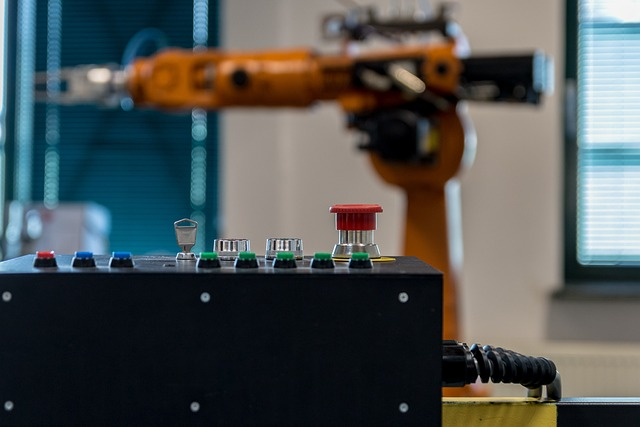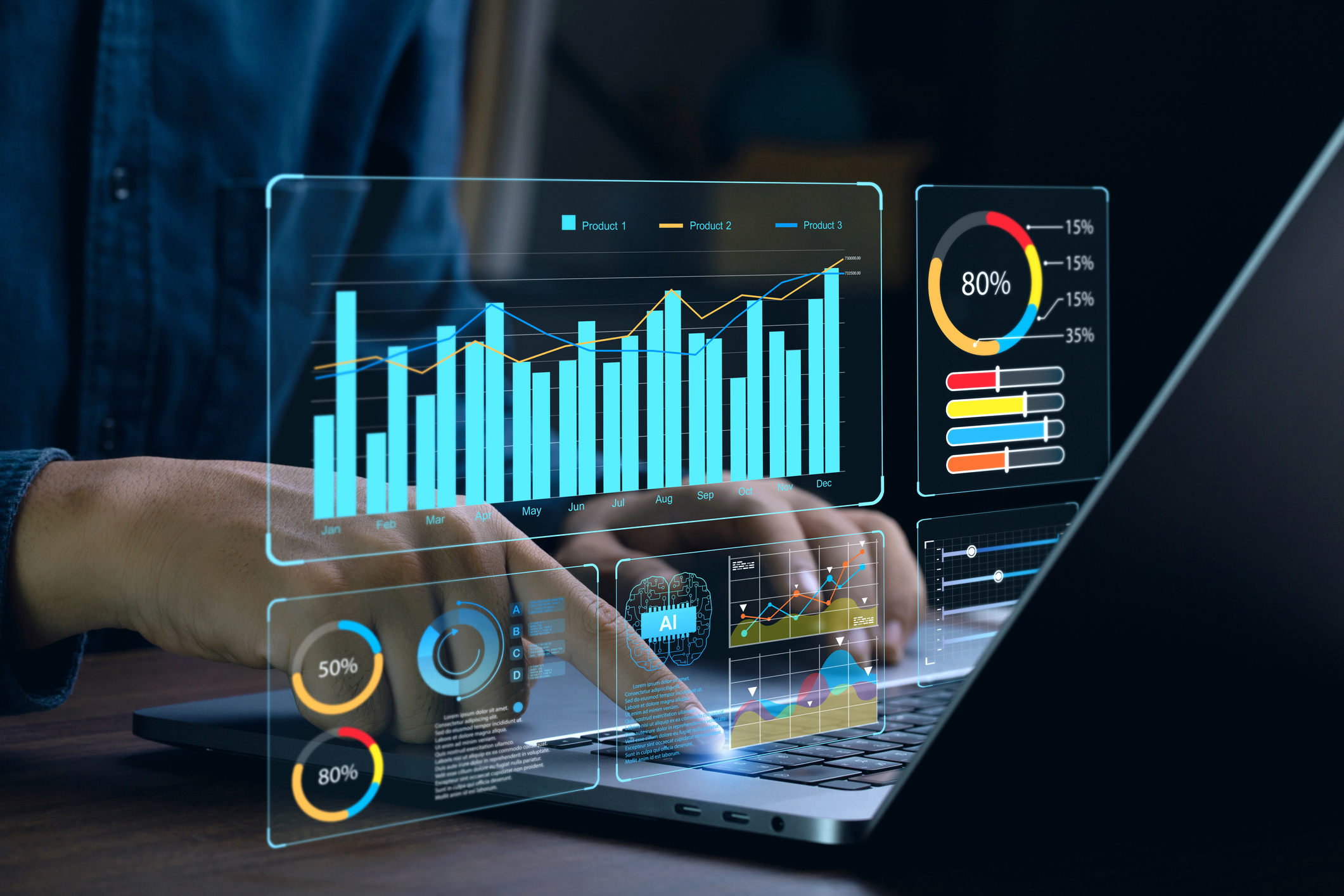Enhancing Efficiency and Innovation in the Modern Office

Artificial Intelligence (AI) redefines work productivity in the modern office environment, as depicted in the image. From automating mundane tasks to facilitating data-driven decision-making, AI is not just a tool but a transformative force in the workplace. This post explores how AI technologies enhance efficiency and innovation in professional environments.

Automation of Routine Tasks
Artificial Intelligence (AI) has revolutionized the way businesses operate by automating mundane jobs and time-consuming tasks through automation software, traditionally a significant burden on employees. In other words, automate repeatable.
Historically, Industrial Automation has been in the factory, not in the office. Companies can now effortlessly manage repetitive tasks by deploying AI-driven software, enhancing efficiency and productivity.

For instance, tools like Zapier and IFTTT automate data entry and integrate various applications, streamlining workflows without human intervention. Scheduling appointments, a task that once required considerable back-and-forth communication has been made effortless with automation platforms and software robots such as Calendly and Doodle, which automatically coordinate available times between parties.
Responding to customer queries, a crucial but time-consuming activity has been transformed by AI chatbots. Automation platform solutions like Intercom and Drift utilize AI to react instantly to common customer support inquiries, improving the customer experience while freeing human agents to tackle more complex issues.
This automation process streamlines operations and liberates employees from the drudgery of rote tasks on their to-do list. It reallocates human resources towards more complex and creative tasks, significantly shifting job roles and productivity levels. Human workers can now focus on strategic thinking, creative problem-solving, and innovative project development, tasks that AI cannot replicate.
The transition to leveraging AI to automate routine tasks has resulted in a notable boost in productivity. It has also markedly enhanced job satisfaction as workers engage in more meaningful and fulfilling work. Introducing AI-driven tools and products into business operations exemplifies a strategic move towards optimizing human talent, infrastructure, and technological capabilities for greater efficiency and innovation.

AI-Assisted Data Analysis and Decision-Making
AI is distinguished by its extraordinary capacity to analyze vast amounts of data and provide actionable insights, creating an indispensable skill across many industries. By tapping into the power of AI, organizations can drastically improve their strategic decision-making procedures.
They can utilize comprehensive, predictive analyses, such as those offered by IBM’s Watson, to foresee market trends, understand customer behavior, and identify potential challenges before they arise.
For instance, Google’s AI tool, Analytics, helps businesses analyze consumer data to understand their needs and preferences better. This enables companies to tailor their products and services to meet customer demands more effectively. Similarly, Salesforce’s automation platform, Einstein AI, uses advanced machine learning technology to predict sales trends, helping businesses optimize their sales strategies and operations for maximum efficiency.

AI technologies like ChatGPT by OpenAI can revolutionize enterprise customer service, providing instant, intelligent responses to customer inquiries. This enhances the customer experience and reduces the workload on human customer service representatives, allowing them to focus on more complex tasks.
Adopting AI-driven tools, such as predictive maintenance control software in manufacturing, can foresee equipment failures before they happen, ensuring uninterrupted production and better resource allocation. This foresight allows for more effective planning and innovative strategies that give businesses a competitive market advantage.
Integrating AI systems into business operations opens up possibilities for enhancing efficiency, predicting future trends, and developing proactive strategies. As companies continue to leverage AI technologies like Watson, Analytics, Einstein AI, and ChatGPT, they are better positioned to navigate the complexities of today’s market dynamics and secure a leading edge in their respective industries.

Enhancing Collaboration and Remote Working
AI tools transform individual work processes geared toward remote jobs and revolutionize how teams collaborate and engage in remote working environments. By harnessing the capabilities of AI-powered communication and project management tools, teams worldwide are experiencing unprecedented levels of collaboration.

Products like Slack and Microsoft Teams facilitate instant messaging and file sharing, making it easier for team members to stay connected regardless of physical location. Meanwhile, project management tools such as Asana and Trello leverage AI to help teams organize tasks, track progress, automate, and meet deadlines efficiently. These technologies are breaking down the traditional barriers imposed by geography, enabling a new era of productivity and teamwork.
These advanced tools facilitate real-time communication, improve business outcomes, increase efficient project tracking, and allocate resources more intelligently. They enhance an organization’s overall productivity and foster stronger teamwork. This technological advancement enables organizations to maintain high levels of collaboration and innovation, even when team members are spread globally.

Wrapping Up
Integrating AI in the workplace goes beyond mere technological advancement; fundamentally reimagining our approach to work. By streamlining processes and empowering smarter decision-making, AI is setting the stage for work environments that are more efficient, innovative, and productive.
The inclusion of AI tools allows employees, especially in remote jobs, to perform tasks with greater precision and efficiency. This shift helps increase productivity across the board and allows individuals to focus more on strategic, creative tasks rather than mundane, repetitive ones.
AI is not just reshaping the tools we use at work; it’s transforming how we work, enabling a future where focus, innovation, and productivity define our professional environments.
Leave a Reply